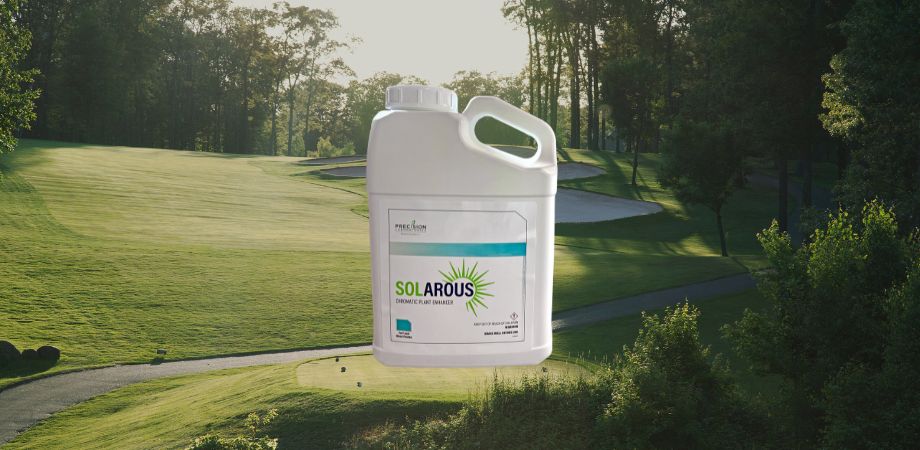Winterkill refers to turfgrass loss that happens in the winter. It can damage grass in cool-season, warm-season, and transition zone geographies. Several conditions cause winterkill, but this blog post will focus specifically on snow mold and ice sheets. We’ll explore how to prevent these issues before winter even starts.
Snow Mold
Snow mold can cause devastating injury to greens and grass coming out of winter. Areas in the North, like Wisconsin and Michigan, worry much more about snow mold than the transition zone and South. The North tends to have long, sustained winters that lead to a destructive fungal disease called gray snow mold. On the other hand, the transition zone and other warm-season areas tend to get the less severe version of snow mold: pink snow mold.
Here’s how to help prevent snow mold in cool-season and warm-season grasses:
- In the transition zone, you can apply a late fall fungicide “clean up” spray to take care of diseases such as yellow and waitea patch while at the same time preventing snow mold. Adding in the active ingredient ethephon at this time will also help reduce Poa annua seedheads come spring.
- Safeguard your turf from snow mold and winterkill in the North by putting down a snow mold application. The snow mold treatment can be variable (weather-dependent, mostly), with some superintendents making one application in the fall and others making two applications in the fall. Some also re-spray in late winter or spring. The farther north you go, the earlier you should make the application. Items to include in your snow mold spray include fungicides with more than one active ingredient, ethephon, a surfactant, and a pigment. Find more best practices for your snow mold application here.
Ice Sheets
Ice sheets are also more of a winterkill threat the farther north you go. Prolonged periods of ice accumulation on turfgrass can lead to terminal levels of carbon dioxide, which differ depending on the grass. Creeping bentgrass will survive at least 150 days with ice accumulation, while Poa annua will survive at least 75 days.
Here are some ways to assist in preventing damage from ice accumulation:
- Solid tine aerate to release gas accumulations.
- Use penetrants in the fall to help move water through the soil and prevent surface accumulation. In the transition zone, you can add penetrants with your fall large patch or spring dead spot application.
Grass only comes out as good as it went to bed. If it goes to bed weak in the fall, it will come out even weaker in the spring. If you put everything to bed properly now, you’re more likely to come out better off in the spring.












